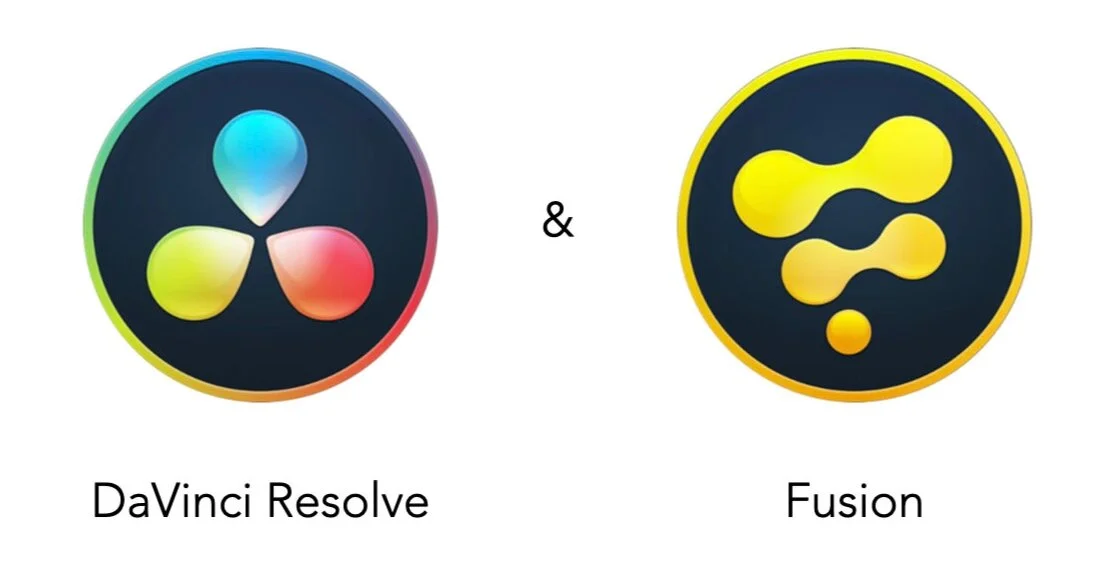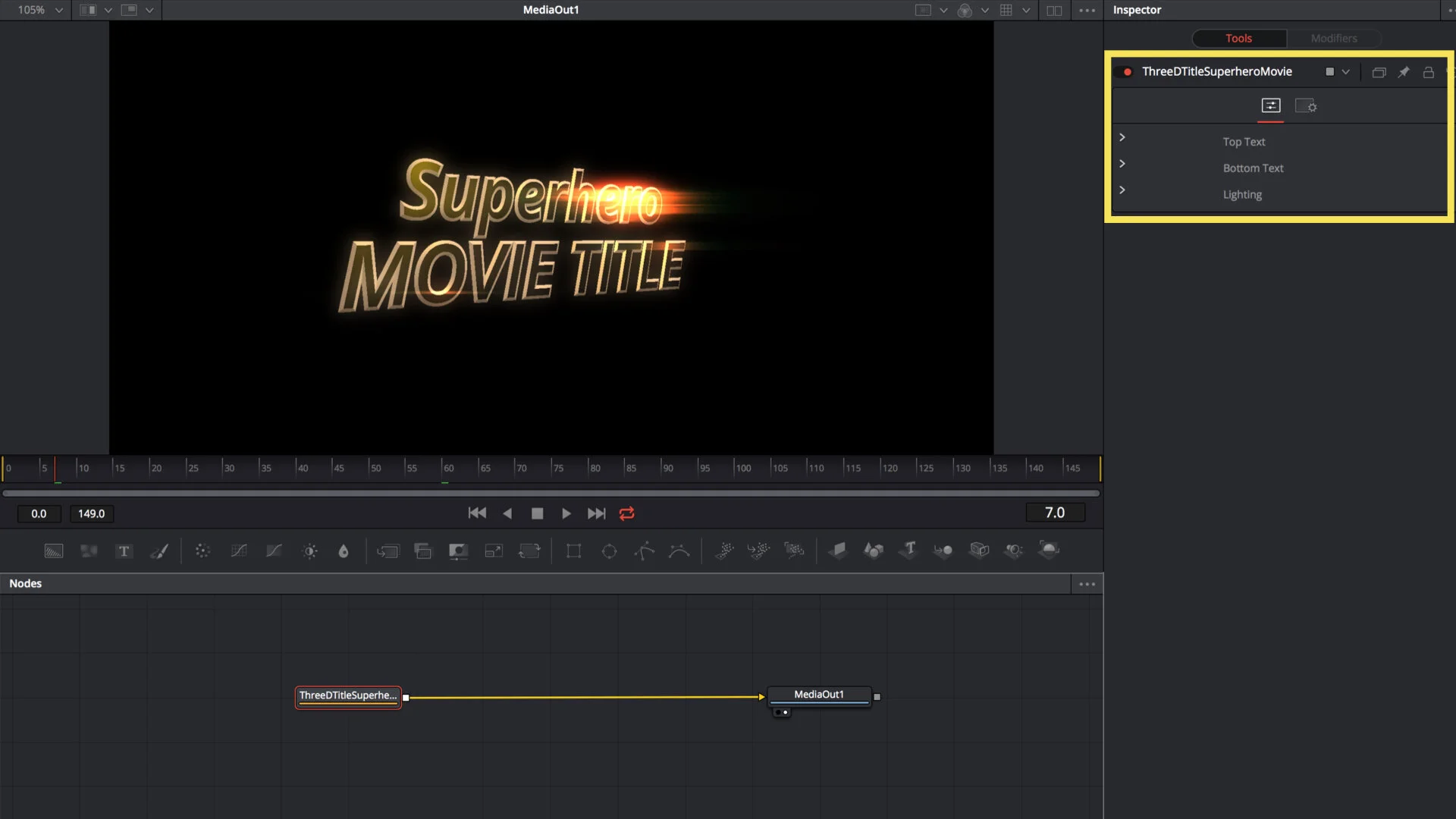DaVinci Resolve v15
At NAB 2018 Black Magic Design announced the integration of Fusion into the DaVinci Resolve Suite. This added Hollywood level compositing to an already thorough end-to-end production environment. The task I was given was to showcase the motion graphic and title design capabilities this also added.
Traditionally Fusion was not seen as a motion graphic or title design system, nor was it ever considered competitive to Adobe After Effects. Fusion’s creation process was also distinctly different in that it is a node based environment vs the layered environment of After Effects. Prior to this project I had zero experience inside the Fusion environment.
The first month of the project was learning everything I could about Fusion. Over the following 3 months I created 30 title design templates, 20 lower third templates, the Hyperlight title design demo, and multiple show floor demos targeted at various industry disciplines.
Both the title design and lower third templates were created to be integrated into the live editing environment with realtime rendering speeds in mind. This involved becoming familiar with the Fusion XML file format and some minimal coding to create user friendly menus focused on select functionality.
Below are some examples.
Hyperlight Title Design Demo
The title design for the short movie Hyperlight was created to demonstrate the new motion graphics capabilities of DaVinci Resolve 15. This was designed to be recreated during live on-stage demos throughout the week. Particle effects, light glints, glyph animation, 3D typography, and in project compositing were all parts of the project requirements. This demo gave attendees an overview of the possibilities that the integration of Fusion added.
User Experience Improvements
Raw Fusion Composition - Nodes and Menu
Simplified Template Menu
Title Design Template Examples
In & out points, length of time, colors, and copy are all customizable by the end user in an easy to understand interface.
Title Template - Design Customization Examples
This shows a single title template customized for a variety of possible “Hollywood Action” movies. Colors and copy adjusted to show theming.
Lower Third Design Template Examples
Lower thirds are typically seen in the bottom left corner of videos to give more details to the viewer with regards to content on screen at that moment. This is most often used in interviews to give a name to the face on screen.



